For the 2025 school year, there are 2 public preschools serving 438 students in Waupun School District. This district's average pre testing ranking is 5/10, which is in the bottom 50% of public pre schools in Wisconsin.
Public Preschools in Waupun School District have an average math proficiency score of 55% (versus the Wisconsin public pre school average of 41%), and reading proficiency score of 35% (versus the 37% statewide average).
Minority enrollment is 12% of the student body (majority Hispanic), which is less than the Wisconsin public preschool average of 38% (majority Hispanic and Black).
Overview
This School District
This State (WI)
# Schools
5 Schools
1,032 Schools
# Students
1,890 Students
339,535 Students
# Teachers
135 Teachers
24,694 Teachers
Student : Teacher Ratio
14:1
14:1
District Rank
Waupun School District, which is ranked within the bottom 50% of all 444 school districts in Wisconsin (based off of combined math and reading proficiency testing data) for the 2021-2022 school year.
The school district's graduation rate of 90-94% has stayed relatively flat over five school years.
Overall District Rank
#270 out of 450 school districts
(Bottom 50%)
(Bottom 50%)
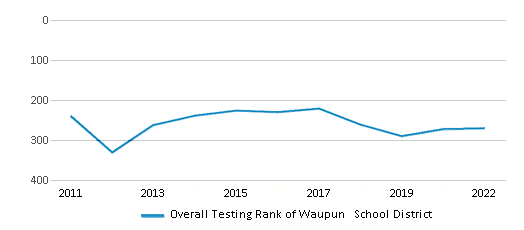
Math Test Scores (% Proficient)
36%
39%
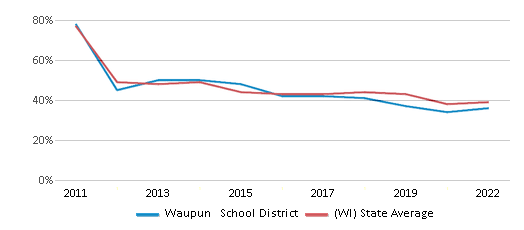
Reading/Language Arts Test Scores (% Proficient)
37%
38%
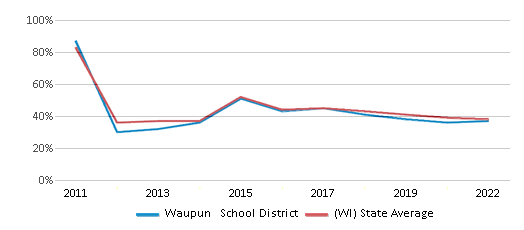
Science Test Scores (% Proficient)
41%
44%
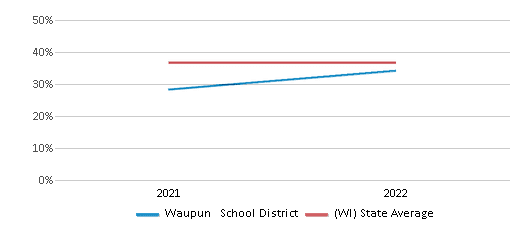
Graduation Rate
90-94%
90%
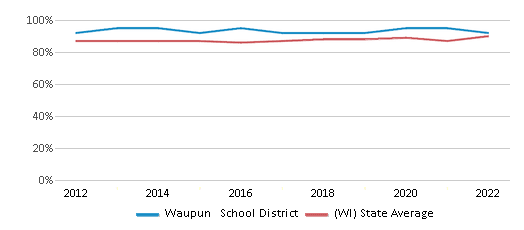
Students by Ethnicity:
Diversity Score
0.25
0.58
# American Indian Students
3 Students
3,435 Students
% American Indian Students
n/a
1%
# Asian Students
3 Students
15,647 Students
% Asian Students
n/a
5%
# Hispanic Students
181 Students
52,197 Students
% Hispanic Students
10%
15%
# Black Students
15 Students
39,149 Students
% Black Students
1%
11%
# White Students
1,623 Students
209,143 Students
% White Students
86%
62%
# Hawaiian Students
1 Student
297 Students
% Hawaiian Students
n/a
n/a
# Two or more races Students
64 Students
19,658 Students
% of Two or more races Students
3%
6%
Students by Grade:
# Students in PK Grade:
119
50,321
# Students in K Grade:
125
44,890
# Students in 1st Grade:
129
45,508
# Students in 2nd Grade:
129
45,837
# Students in 3rd Grade:
134
43,291
# Students in 4th Grade:
117
42,370
# Students in 5th Grade:
152
35,557
# Students in 6th Grade:
117
11,124
# Students in 7th Grade:
153
7,438
# Students in 8th Grade:
144
7,747
# Students in 9th Grade:
148
1,444
# Students in 10th Grade:
129
1,335
# Students in 11th Grade:
150
1,345
# Students in 12th Grade:
144
1,328
# Ungraded Students:
-
-
District Revenue and Spending
The revenue/student of $15,909 in this school district is less than the state median of $17,039. The school district revenue/student has stayed relatively flat over four school years.
The school district's spending/student of $14,473 is less than the state median of $17,011. The school district spending/student has stayed relatively flat over four school years.
Total Revenue
$30 MM
$13,869 MM
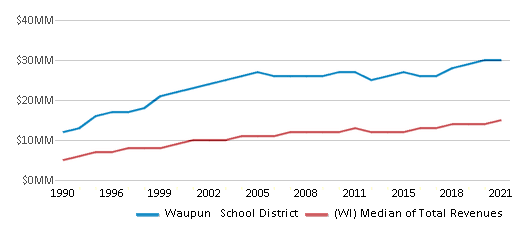
Spending
$27 MM
$13,846 MM
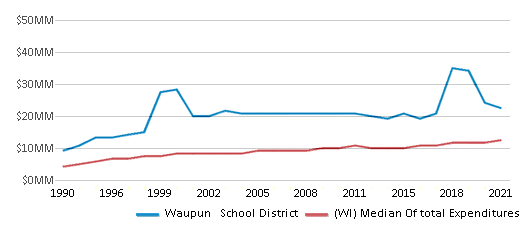
Revenue / Student
$15,909
$17,039
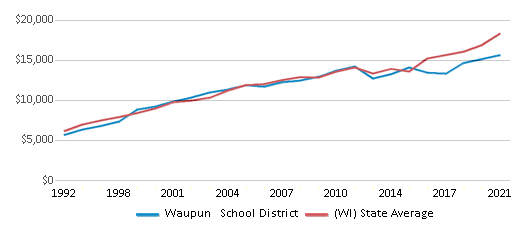
Spending / Student
$14,473
$17,011
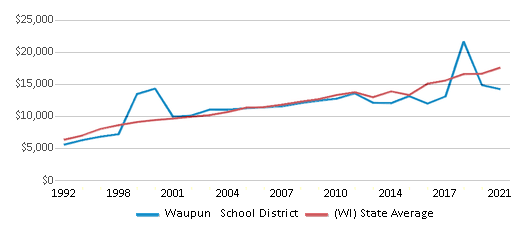
Best Waupun School District Public Preschools (2025)
School
(Math and Reading Proficiency)
(Math and Reading Proficiency)
Location
Grades
Students
Rank: #11.
School For Agricultural And Environmental Studies
Charter School
(Math: 50-59% | Reading: 30-39%)
Rank:
Rank:
7/
Top 50%10
200 S Depot St
Fox Lake, WI 53933
(920) 928-3136
Fox Lake, WI 53933
(920) 928-3136
Grades: PK-6
| 105 students
Rank: n/an/a
506 Beaver Dam St
Waupun, WI 53963
(920) 324-3361
Waupun, WI 53963
(920) 324-3361
Grades: PK-1
| 333 students
Recent Articles

Year-Round Or Traditional Schedule?
Which is more appropriate for your child? A year-round attendance schedule or traditional schedule? We look at the pros and cons.

Why You Should Encourage Your Child to Join a Sports Team
Participating in team sports has a great many benefits for children, there is no doubt. In this article you will learn what those benefits are.

White Students are Now the Minority in U.S. 九游体育s
Increasing birth rates among immigrant families from Asia and Central and South America, combined with lower birth rates among white families, means that for the first time in history, public school students in the United States are majority-minority. This shift in demographics poses difficulties for schools as they work to accommodate children of varying language abilities and socio-economic backgrounds.





